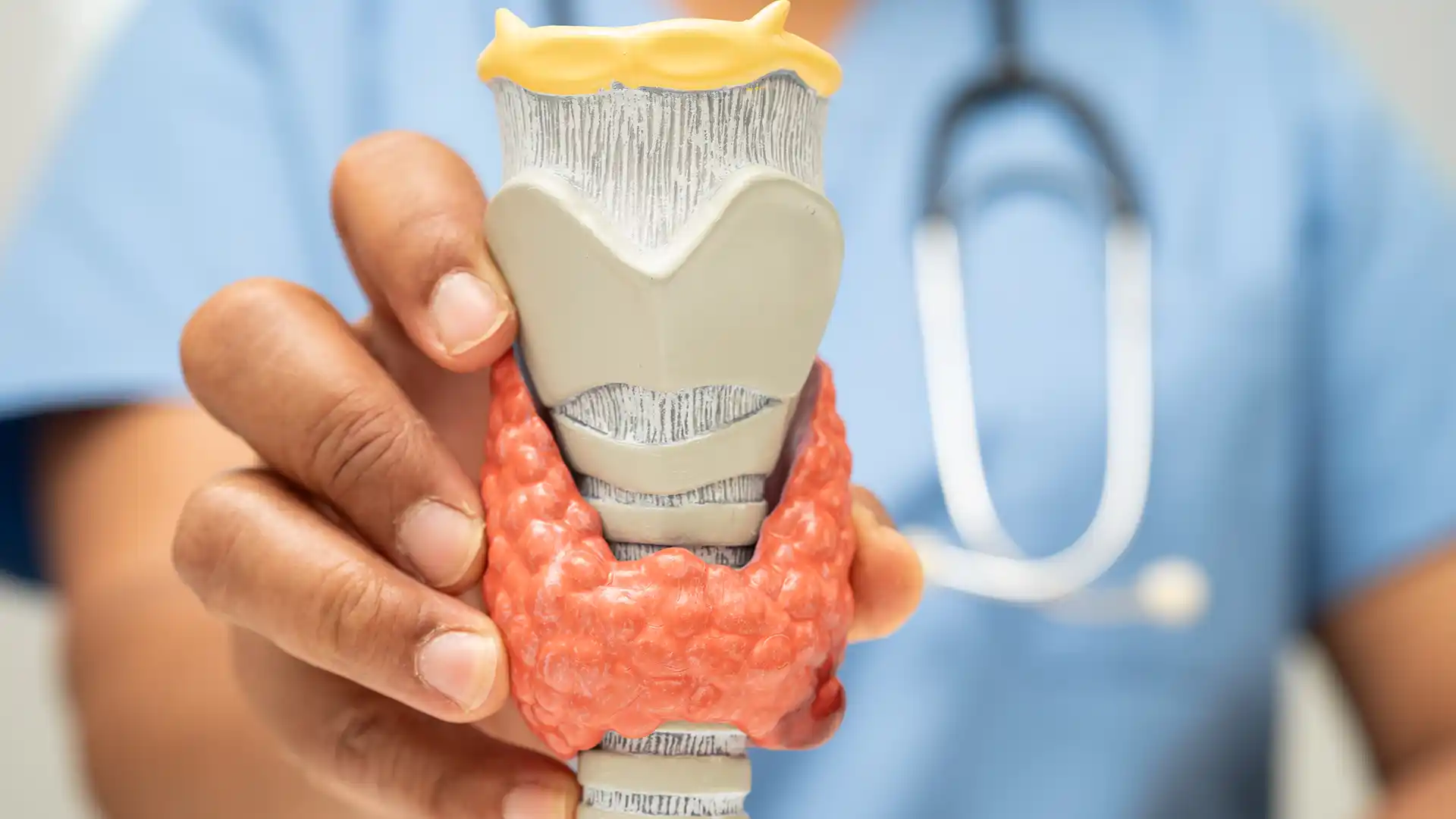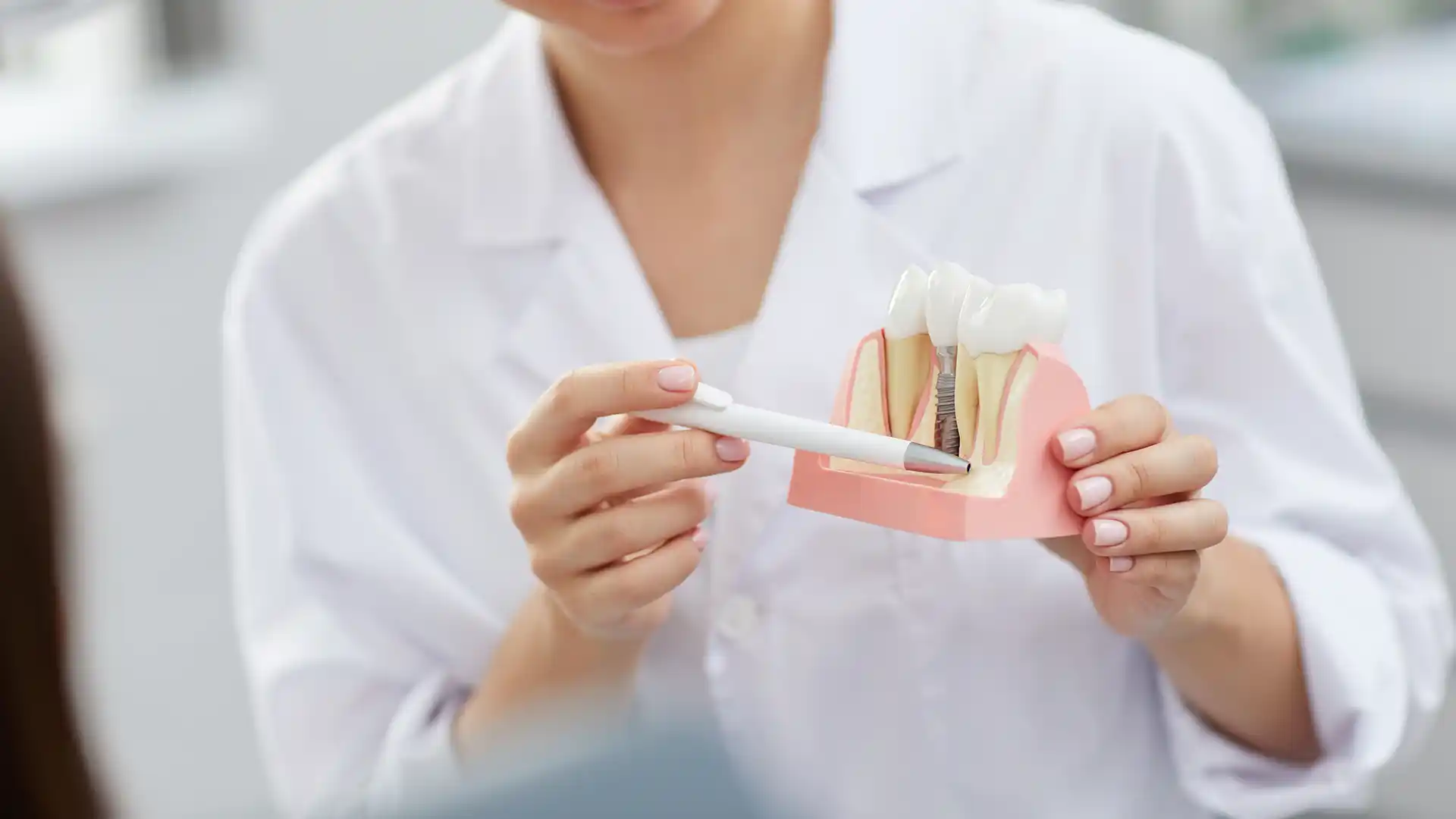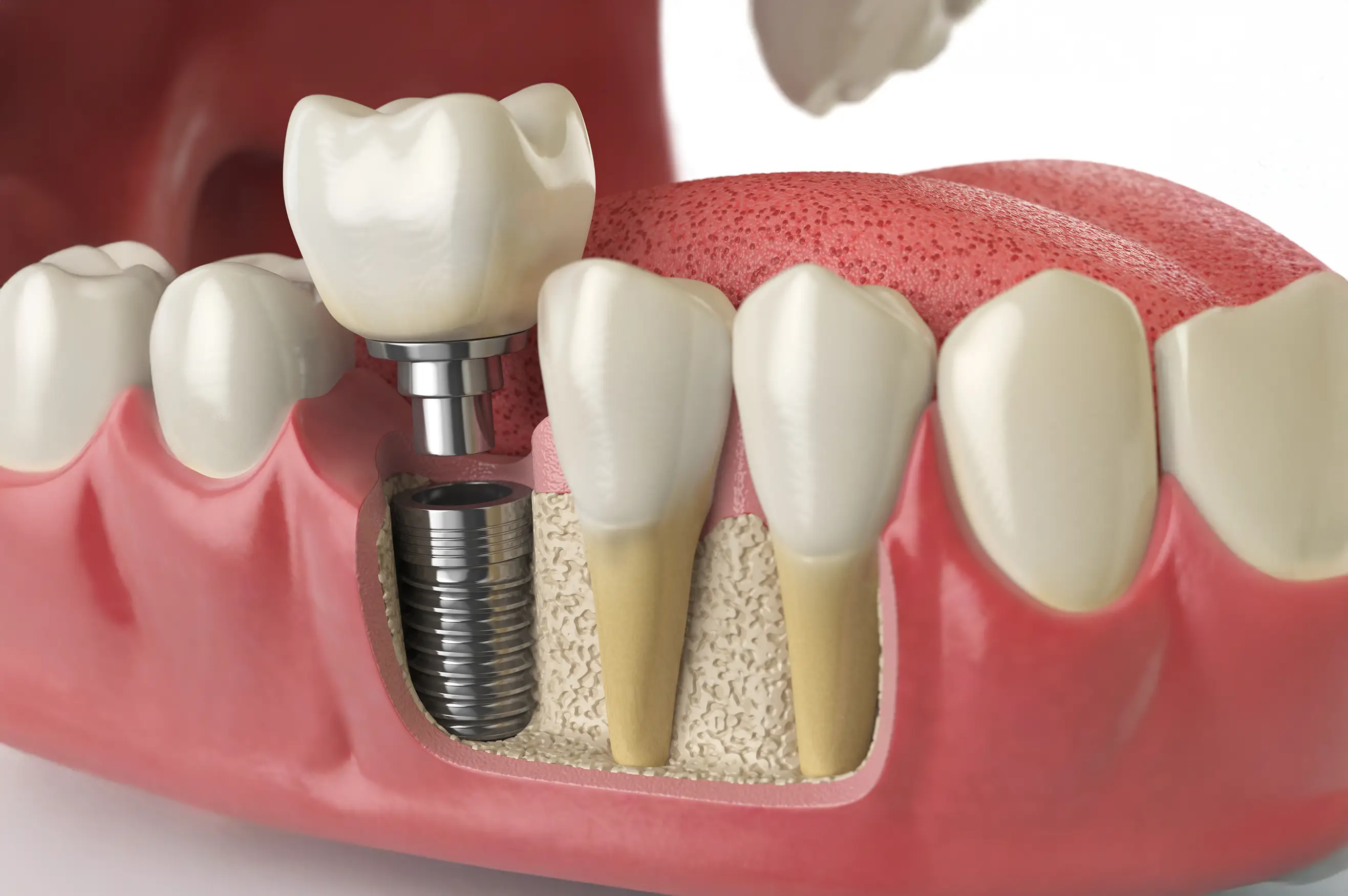Dental Bone graft
Dental Bone graft in Turkey 2025
Dental bone grafts in Turkey restores jaw strength for implants and oral health. Learn who qualifies, types, procedure, recovery, aftercare tips, benefits, risks, costs in Turkey, and before-after results.
Table of contents:
- What is dental bone graft?
- Who is the right candidate for dental bone graft?
- What are the types of dental bone graft in dentistry?
- How to prepare for dental bone grafting?
- How is dental bone grafting done?
- Dental bone graft recovery: What are dental bone graft healing stages?
- Dental bone graft aftercare: How to speed up bone graft healing?
- What are the dental bone graft benefits?
- What are the downsides of a bone graft?
- How much does a dental bone graft cost in Turkey?
- Dental bone graft before and after
What is dental bone graft?
A dental bone graft is done to add more bone in an area of the jaw where there has been bone loss or where more support is required. This involves taking bone from an animal tissue (xenograft) and surgically attaching it to the existing jawbone, or synthetic bone graft material (alloplast) can be used as a substitute for actual bone material.
A dental bone graft may be required if other procedures like dental implant are going to be necessary or if bone loss is affecting the health of nearby gums and teeth as well.
Who is the right candidate for dental bone graft?
A person with jawbone loss generally needs to undergo dental bone grafting. This process might be suggested if:
-
Suffering from bone loss after extraction.
-
Bone graft for tooth implant: Considering replacement of a missing tooth with dental implant.
-
Planning to reconstruct the jaw before receiving denture due to gum disease or dental trauma leading to bone loss in specific areas.
What are the types of dental bone graft in dentistry?
Dental bone grafting types can help are as follows:
-
Socket Preservation: A dental bone graft material is placed immediately after a tooth is extracted through this technique. It fills up the empty socket and helps in stopping the jawbone from collapsing into itself.
-
Ridge augmentation: In some cases, the absence of a tooth can eventually result in the loss of bone from the jaw area over time. This is addressed through ridge augmentation, which involves adding width and volume to the jawbone— thus ensuring a strong base upon which dental implants or any other restorations may be placed.
-
Sinuses lift: The maxillary sinuses are positioned above your upper posterior teeth. If these teeth are missing, then the sinuses might extend downward. A sinus lift raises the floor of the sinus and in turn provides space for a bone graft. This bone graft acts as a strong base upon which dental implants will be placed in future.
-
Periodontal bone graft: Bone grafting in the periodontal region is a procedure that involves the placement of dental bone graft material around teeth that have weak or loose roots; this helps to enhance stability of the tooth and provide an added support.

How to prepare for dental bone grafting?
Here is a brief list of things to consider before dental bone grafting procedure:
-
Do not consume any food or liquids before the surgery, typically between 8 to 12 hours, based on the anesthesia type.
-
Consult your physician regarding your medication intake, particularly blood thinners. These can elevate the chances of bleeding issues during the surgical procedure; it's best to get clearance from your doctor.
-
It is our firm advice to quit smoking permanently, thus lessening the risk factors for dental implants. Smoking has the potential to further postpone wound healing.
How is dental bone grafting done?
Typically, this is how the bone graft for your teeth is done:
-
You will be anesthetized locally before the operation begins and vital signs monitored throughout.
-
The doctor will clean the target area.
-
Your doctor will make an incision in the gum to detach it from the bone to receive the graft.
-
The doctor will place the bone material in between two sections of bones that are required to grow together.
-
A bone graft can be attached with dissolvable adhesive materials or screws
-
Finally, the incision is closed.
Can You Still Get Implants With Bone Loss? Modern Treatments Explained
Dental bone graft recovery: What are dental bone graft healing stages?
A dental bone graft can bring you pain and swelling, plus bruising. These are expected side effects that should go away in a few days. Symptoms may be controlled with pain relievers. Antibiotics may also be prescribed by your dentist; ensure you take these according to the prescription.
In the initial days following the procedure, you may observe tiny bone fragments surfacing from the area. These fragments typically look like grains of salt or sand, but it is completely normal. However, it is advisable to contact your dentist to confirm that the healing process is progressing as anticipated.
The healing process is different from person to person. Your dentist will follow your recovery after placing the bone graft; and if you are waiting for dental implant surgery, you will be informed when the new bone is strong enough to support the implant.
Dental bone graft aftercare: How to speed up bone graft healing?
After a dental bone grafting procedure, we recommend the following instructions to consider:
-
Change the dressing within the next 24 hours, and adhere to the prescription of antibiotics to prevent infection.
-
Apply Ice packs to alleviate pain and dental bone graft swelling for the initial two days.
-
Eat soft bland foods during the first few days post surgery.
-
Also, consider sleeping with your head slightly elevated on the first night or two; this will help in preventing blood from pooling at the incision site.
-
Do not consume hot liquids like coffee or soup and foods that are hard or crunchy such as nuts.
-
Stay away from activities involving physical contact that may endanger the incision.
Dental bone graft recovery: Healing stages, side effects, and tips
What are the dental bone graft benefits?
Dental bone graft procedure offers the following benefits:
-
Bone graft for tooth implants: Creates a strong base for dental implants.
-
Restored Jaw: Rebuilds jaw structure for improved function and appearance.
-
Stronger Teeth: Supports existing teeth, preventing further loss.
-
Healthy Future: Promotes long-term oral health and reduces future problems.

What are the downsides of a bone grafting procedure?
A dental bone graft can involve certain side effects, such as:
-
The most common side effects are pain and swelling.
-
Slight bleeding, as well as challenges in chewing and speaking during the initial days post-procedure.
-
In any surgical process, infection is always a concern; hence it is very important to complete the course of antibiotics.
-
Less common side effects can involve the formation of blood clots, damage to the nerves , and issues related to anesthesia after the surgery.
How much does a dental bone graft cost in Turkey?
Dental bone graft cost in Turkey can vary due to the following reasons:
-
The type and complexity of the graft, like if it requires socket preservation, ridge augmentation, or sinus lift. The cost varies depending on the dental situation.
-
The dental graft materials, including synthetic graft material or animal-tissue made material
-
The clinic's reputation.
-
Additionally, keep in mind that the fee may be higher if you opt for a more experienced oral surgeon or periodontist.
Generally, a dental bone graft price in Turkey might vary from $400 dollars to $4000
Dental bone graft before and after
Sources:
- https://my.clevelandclinic.org/health/treatments/21727-dental-bone-graft
- https://www.healthline.com/health/dental-bone-graft#cost
- https://www.guysandstthomas.nhs.uk/health-information/bone-grafting-dental-implants
- https://www.ncbi.nlm.nih.gov/pmc/articles/PMC3722694/
- https://www.guysandstthomas.nhs.uk/health-information/bone-grafting-dental-implants/minor-bone-grafting
Got Questions? We’ve Got Answers
Explore the most asked questions and get quick solutions
Fill it out to get your free consultation
Innovation & Precision In Every Implant
We use only reputable, high-quality implants designed for long-term durability
BioTec Dental Implants


Hiossen Dental Implants


Straumann Dental Implants


Nobel Biocare Dental Implants


MegaGen Dental Implants








